
Why Use GD&T?
We get a lot of questions from students asking why they would want to use Geometric Dimensioning and Tolerancing (GD&T) over coordinate dimensions. Some believe that using GD&T will result in tighter tolerances and increase...
Get straight answers, useful tips, and clear explanations on our blog. It’s almost like getting GD&T training for free.

We get a lot of questions from students asking why they would want to use Geometric Dimensioning and Tolerancing (GD&T) over coordinate dimensions. Some believe that using GD&T will result in tighter tolerances and increase...
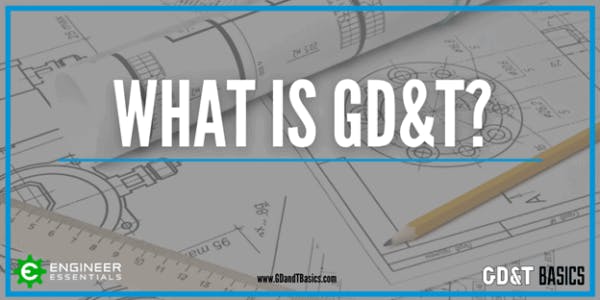
What is GD&T? If you are involved in design or manufacturing, you may be familiar with the term, “GD&T,” or “Geometric Dimensioning and Tolerancing”. Geometric Dimensioning and Tolerancing is a set of rules and GD&T...
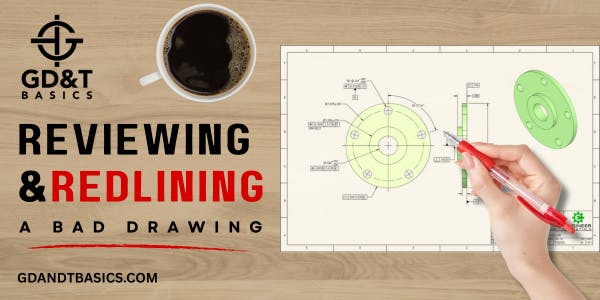
In this video, Jason reviews a bad drawing, walking through each error and explaining why it violates the rules of ASME Y14.5.
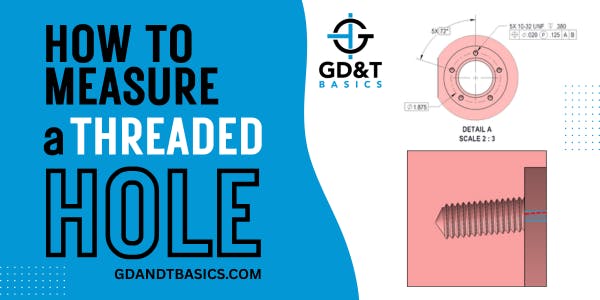
In this Question Line video, learn how threaded hole location gauges are used to inspect the pitch cylinder axis and why the projected tolerance zone modifier is often the most functional spec on an internal threaded feature.
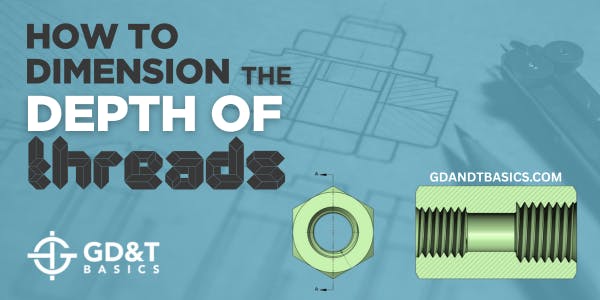
In this Question Line video, Jason explains how to properly dimension the usable depth of an internal thread and reviews methods for checking it on a part.
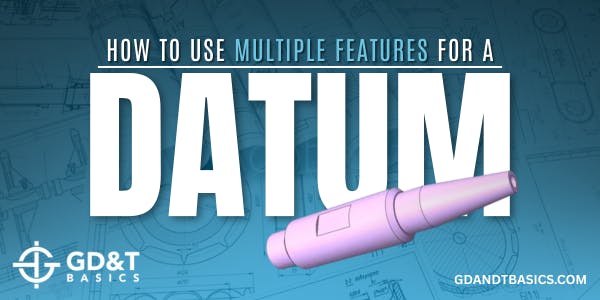
In this Question Line video, Jason explains why and how to use multiple features on a part to create one singular datum.
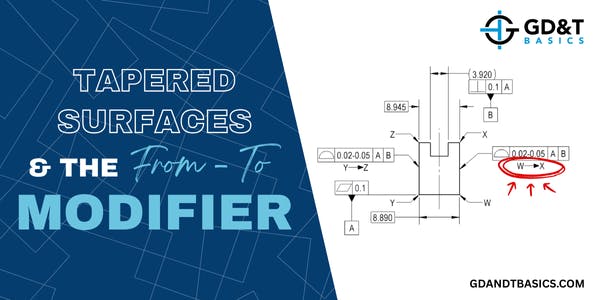
In this Question Line video, Jason demonstrates how the from-to modifier can be applied to create a wedge-shaped tolerance zone for tapered surfaces.

In this Question Line video, Jason reviews a simple part assembly to show how geometry and form factor into the tolerance stack-up analysis.
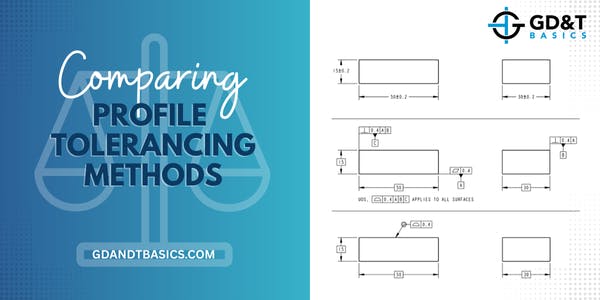
In this Question Line video, Jason reviews a submitted drawing toleranced three different ways and explains which option he would recommend.

In this Question Line video, Jason reviews a submitted drawing, explaining the difference between flatness and parallelism, and gives options on how to tolerance the drawing based on what is critical to the design.
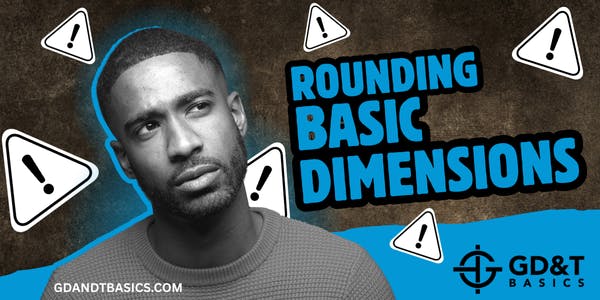
In this Question Line video, Jason reviews a drawing of a clevis bracket to show the potential effects of rounding basic dimensions.
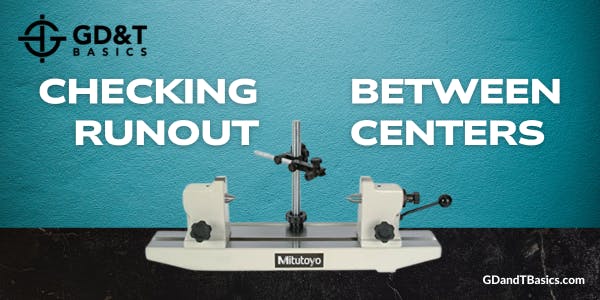
In this Question Line video, Jason walks through how to use different tools and setups to inspect the runout between centers for a submitted part drawing.
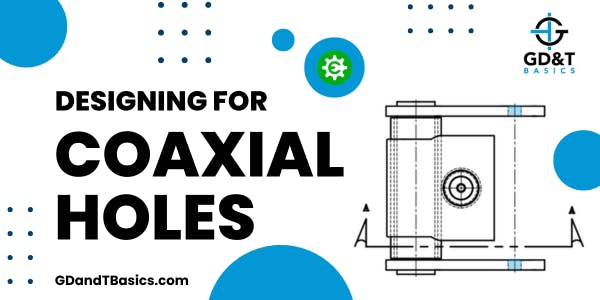
In this Question Line video, Jason reviews a submitted weldment drawing and demonstrates how to calculate the position tolerance needed for a zero-clearance fit in the worst-case assembly scenario, ensuring that the shaft can pass through two coaxial holes.
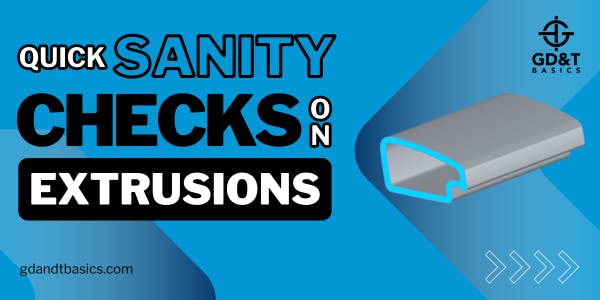
In this Question Line video, Jason shares some quick sanity checks that can help identify manufacturing issues for an extruded part being controlled by profile of a line tolerances.
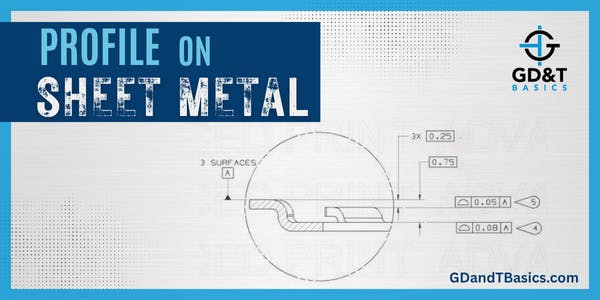
In this Question Line video, Jason answers a question regarding how to report form variation on a part made from sheet metal.
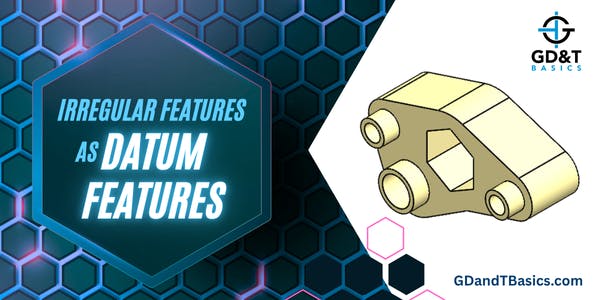
In this Question Line video, Jason explains how an irregular feature like a hexagon can serve as a primary datum feature and discusses how this part could be inspected – touching on gage design for manual inspection and point cloud analysis using a CMM.
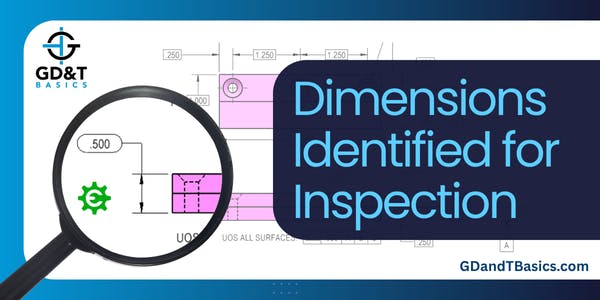
What does it mean when a dimension is circled on a drawing—and how does it impact manufacturing? In this video, Jason explains the informal use of ovals as quality control symbols and what it means for how parts are made and inspected.
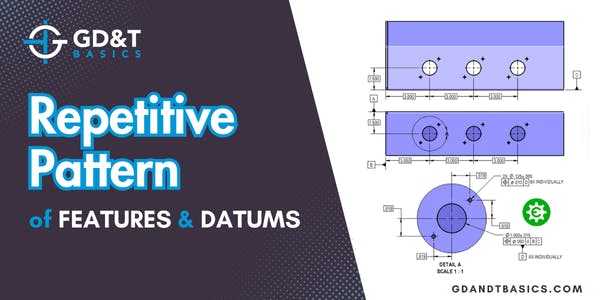
In this Question Line video, Jason discusses how to control a repetitive pattern of features with respect to a more central datum by using a “#X INDIVIDUALLY” note in conjunction with a datum feature.